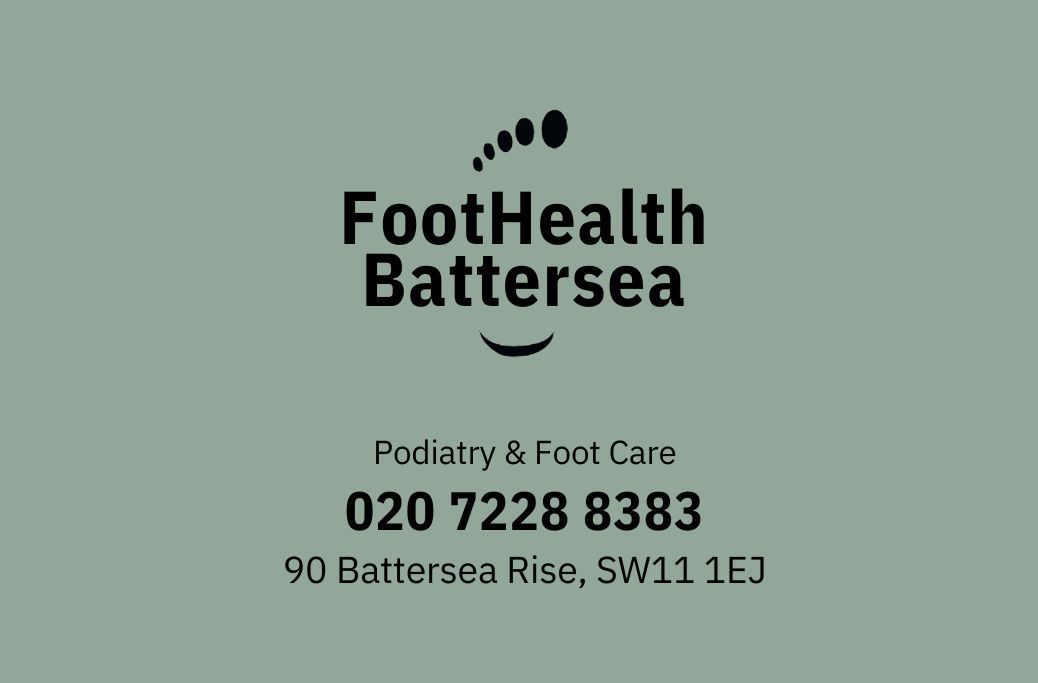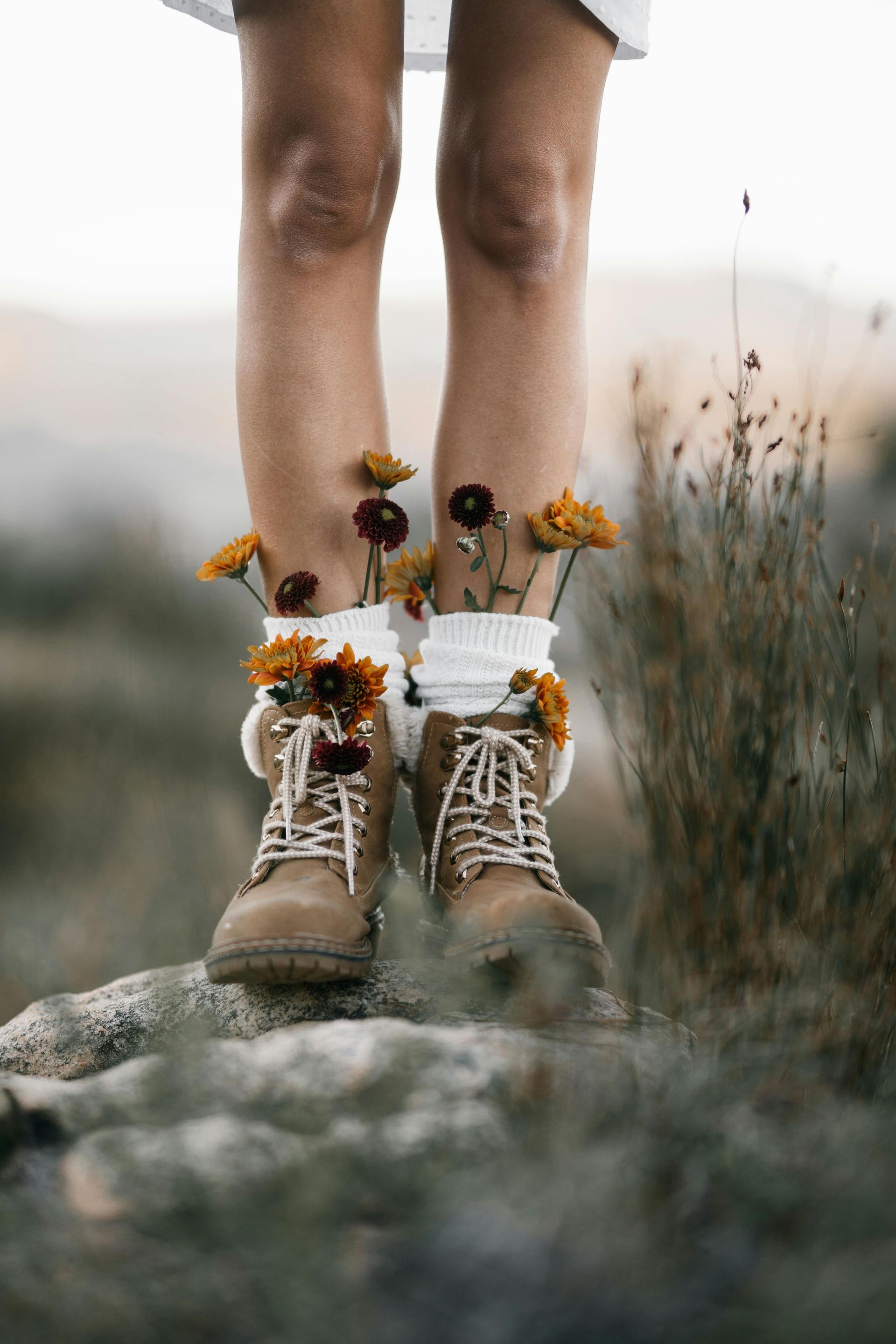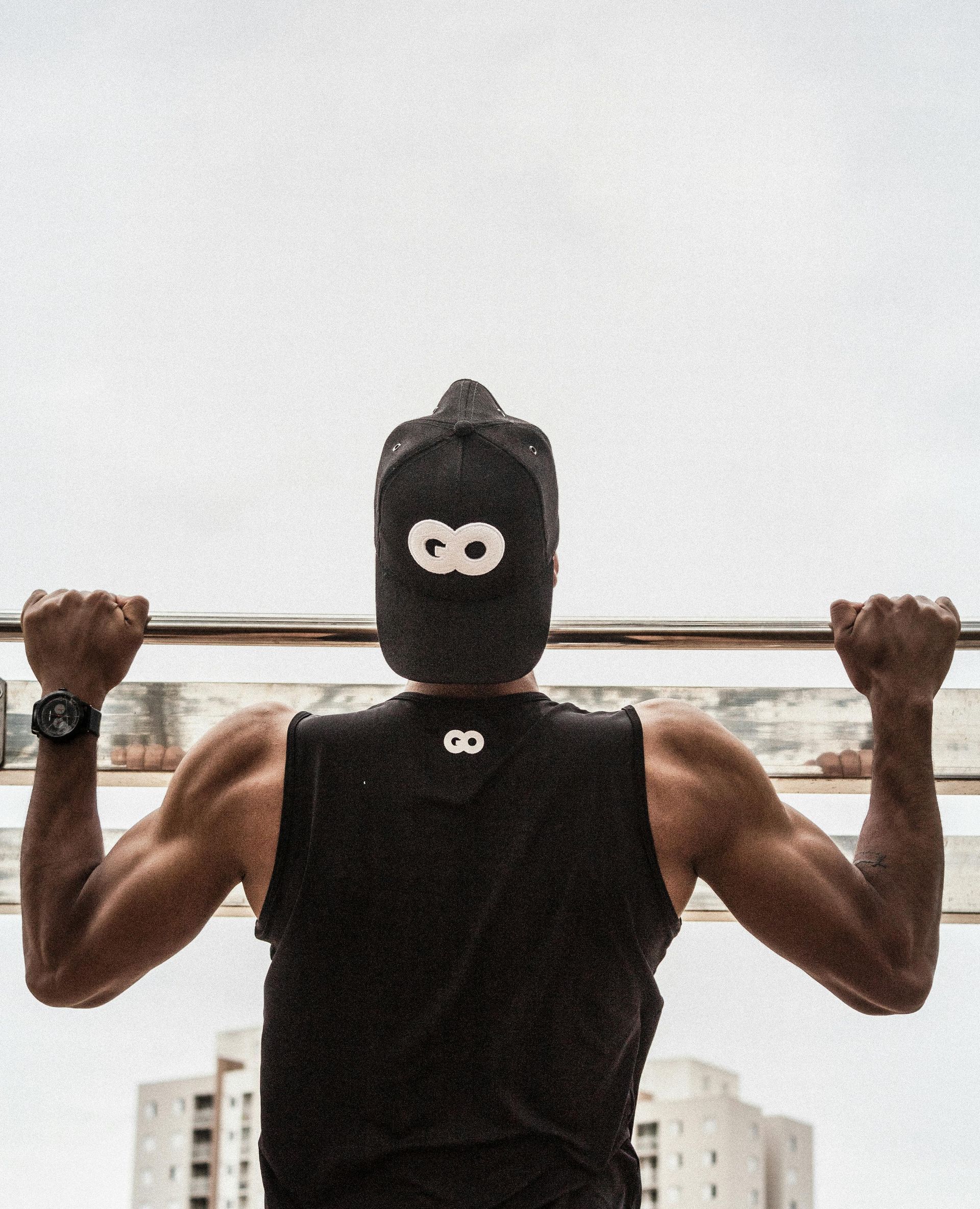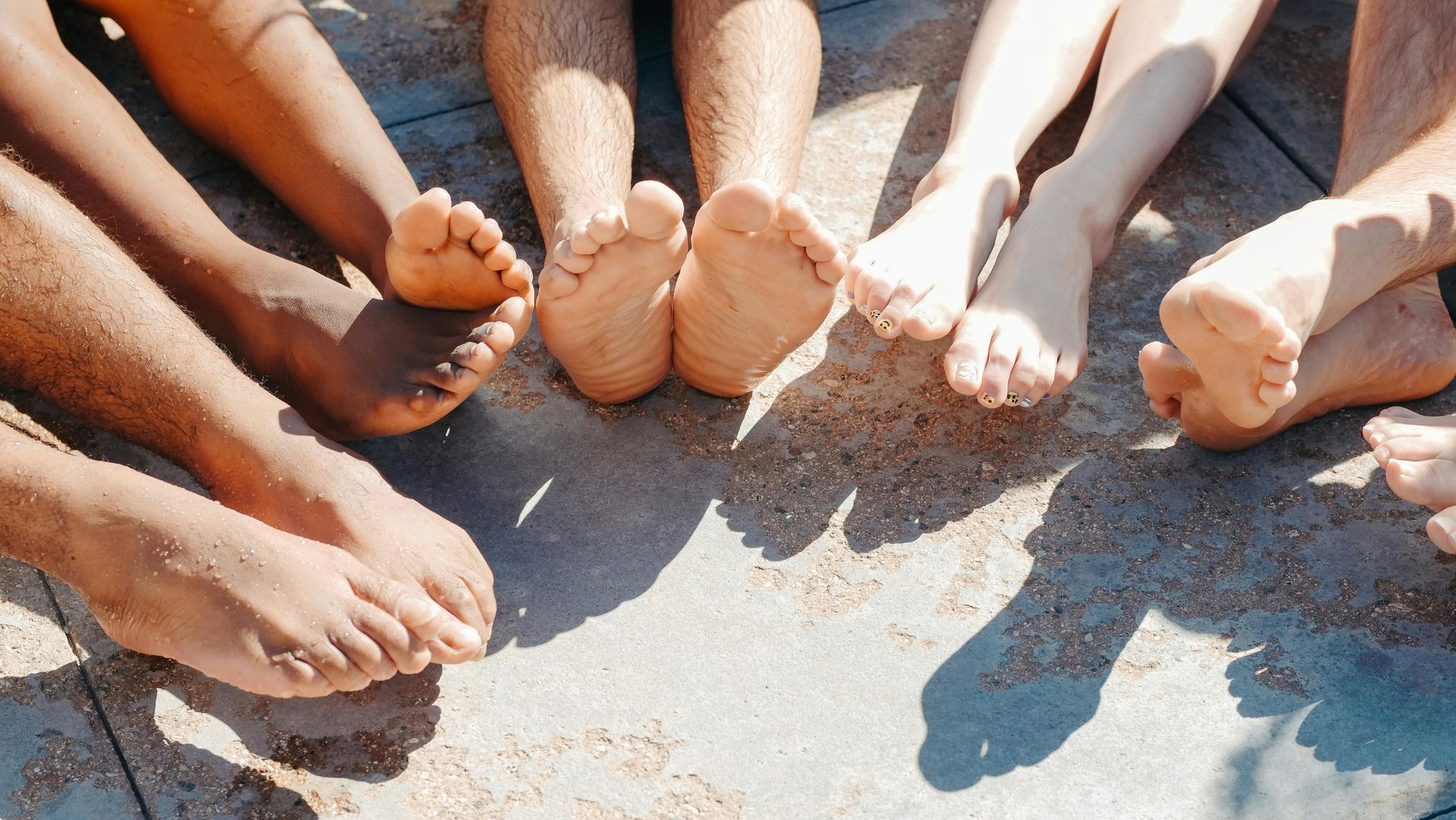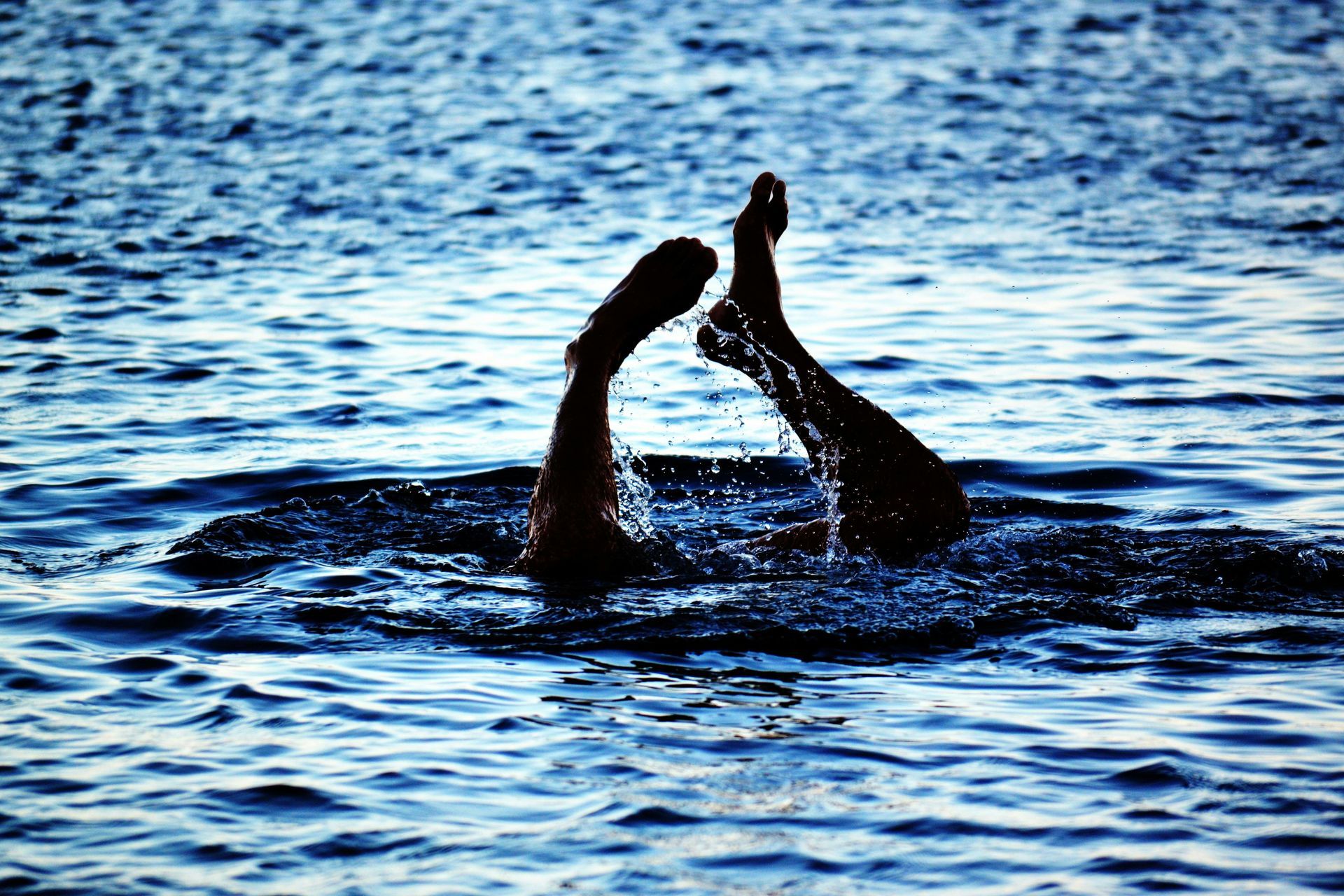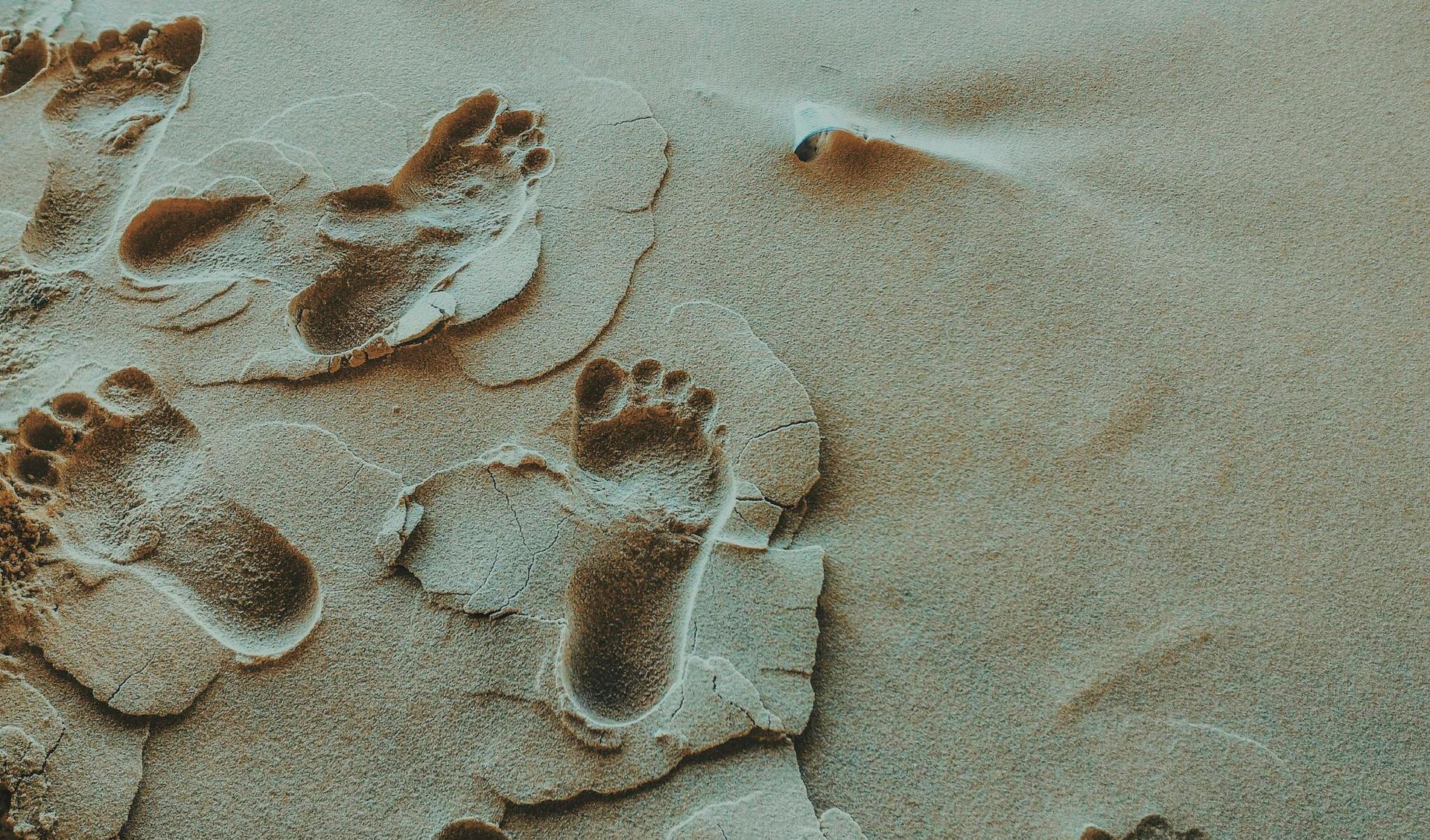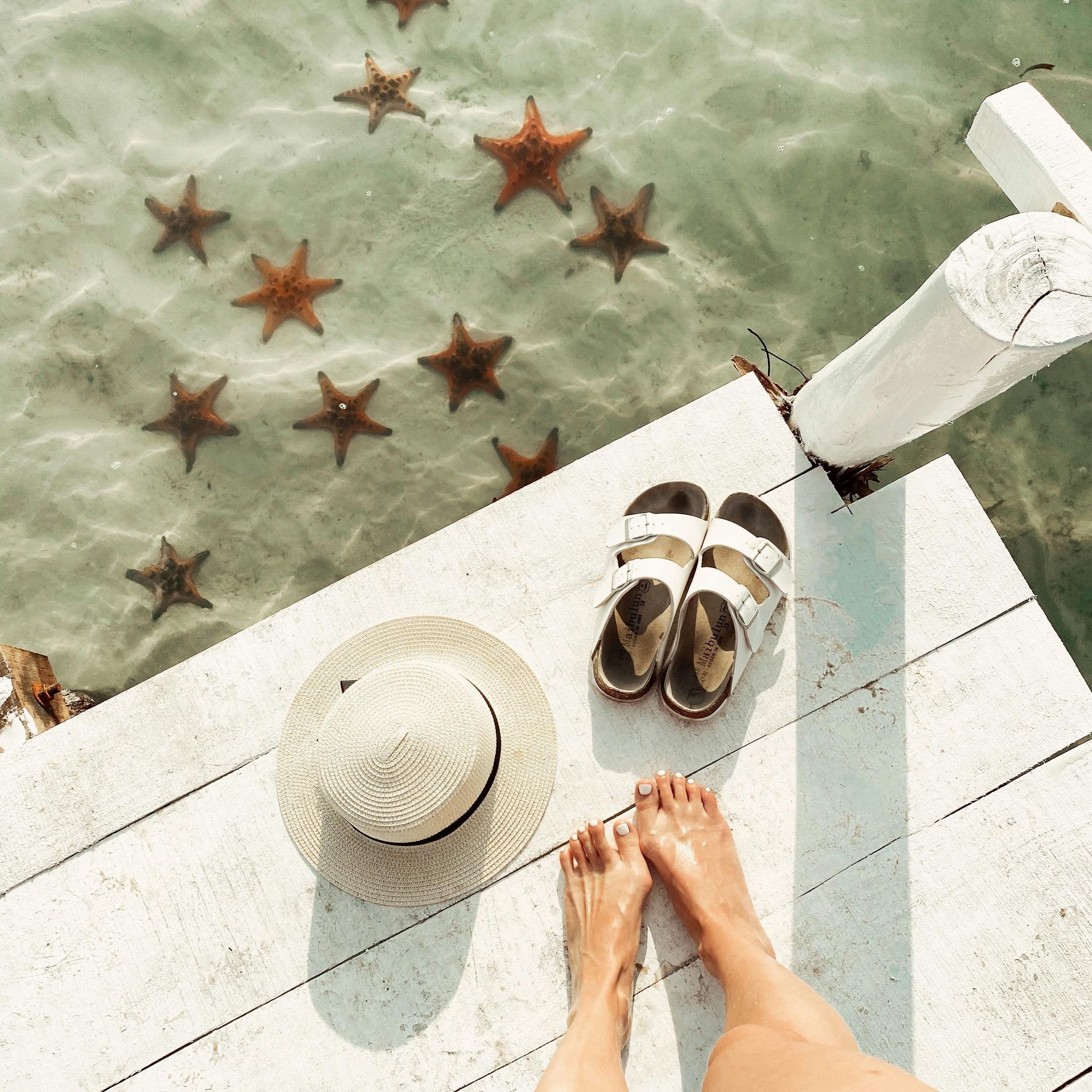Ready to choose your next running shoes?
Jessica Harding • 7 January 2021
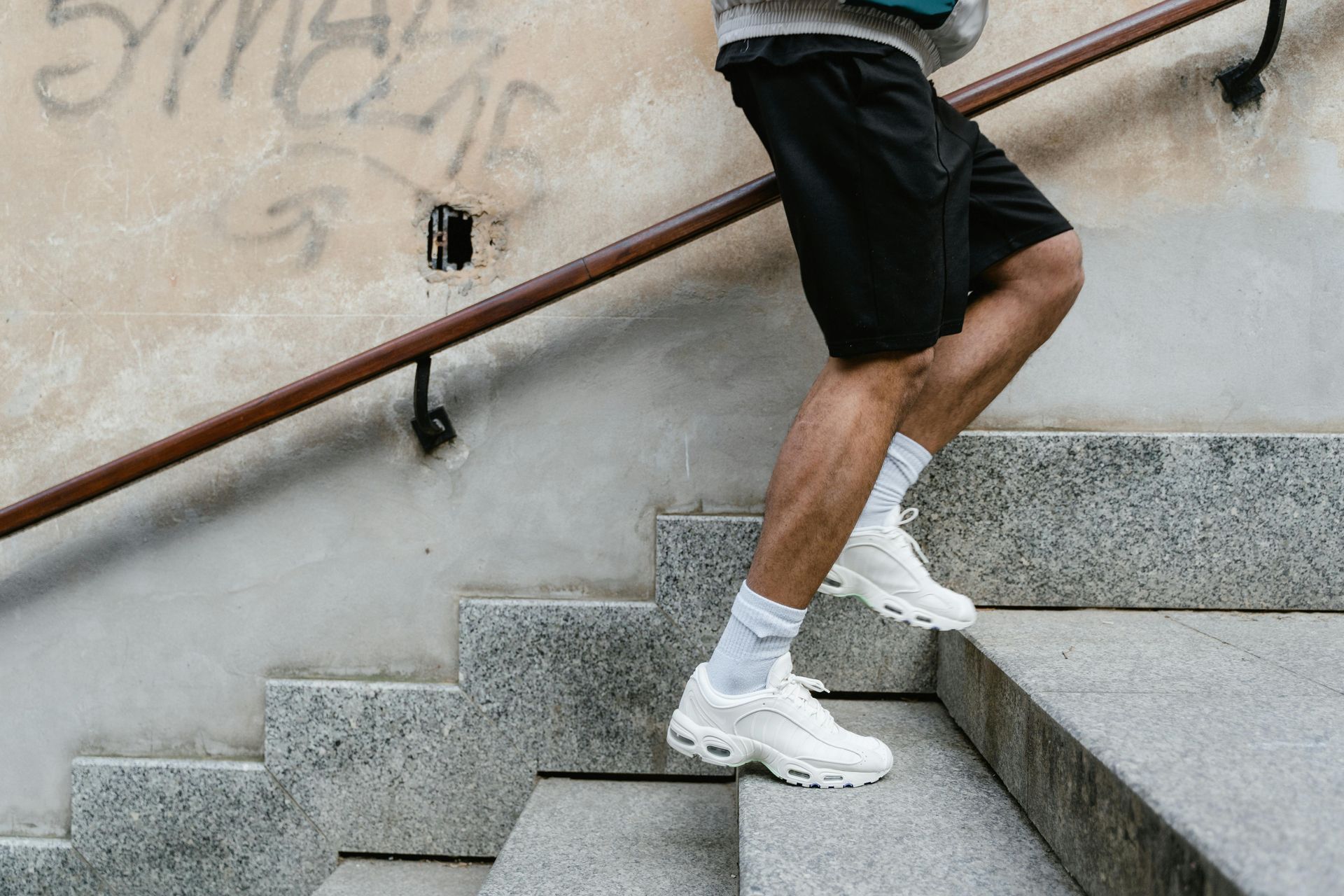
It's the New Year and we are trying to start it off right! That means working off our Christmas dinners, and let's be honest, the box of chocolates that we were meant to share but ate ourselves, because, you know, "it's Christmas!". Let's not even start on the mince pies and cookies! So, it is time to get back out there, and start exercising again.
But, do you know how much of a difference having the right running shoe can make? Not only, can it help you to avoid foot pain but, also knee, hip and back pain!
So, how do you know if you are choosing the right pair of running shoes for you? If your footwear is too restrictive, you could suffer from ingrown toenails, poor circulation and nerve pain. However, if too loose, callus and blisters are more likely to form and it is easier for sprains to occur. To help prevent these situations, make sure you take the socks that you wear to run in with you to try the shoes on with, and ensure that your socks are higher than the back of the trainer to avoid blisters.
Think about the surface that you normally run on, different floor surfaces require different types of shoes. If you often run on pavements and hard surfaces, then ensure that you are looking at trainers with good shock absorption, this will normally feel like a well cushioned inner lining. If you run more on trails, go for a chunky cleated trainer, this will help give extra protection underfoot on more challenging ground. Prefer to run in parks or grassier areas? Find trainers with supportive and firm uppers and good grip to keep your ankles and feet stable.
Ensure you are visiting specialist shops that can ensure that the shoe will work for the specific type of running surface that you exercise on. Try not to get blindsided by big brands, speak to the staff in the shop and get them to choose the best shoe for your needs, not just the newest, flashiest trainers.
Try to find shoes with breathable materials, this will help to keep your feet cooler while running. Water resistant uppers will also help in British weather. Trainers should not be totally rigid, try twisting the shoe slightly where the ball of the foot would sit, this will ensure that they do not resist the natural motion of the foot.
If possible, buy two pairs of trainers, they can be the exact same, as this will allow you to alternate the pair that you wear allowing the shoe inner to completely dry out before next being worn. This will help to stop bacteria from growing in the shoe.
Wondering what else you could change this New Year to ensure that you are making the best decisions for your foot health? Find out more here.
